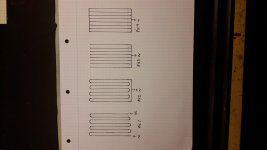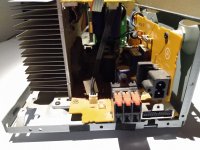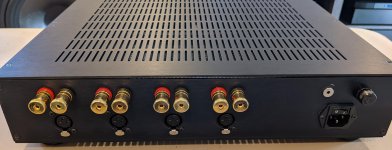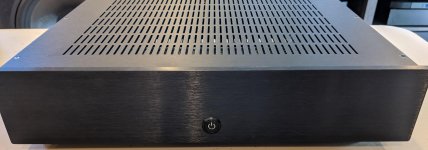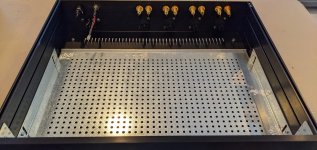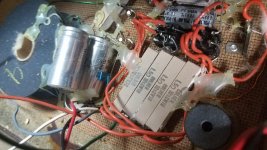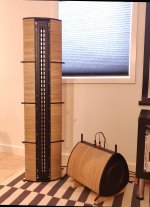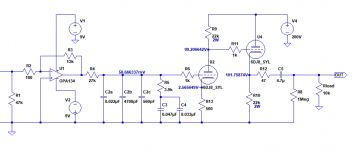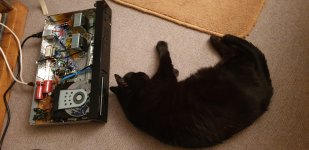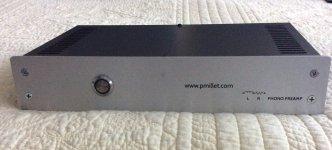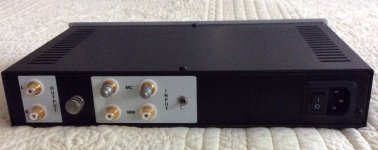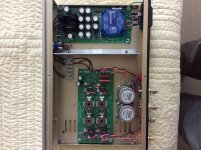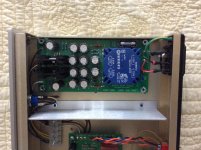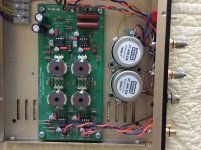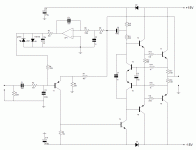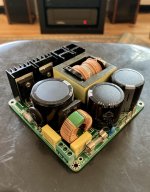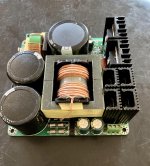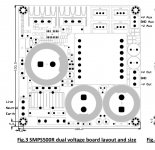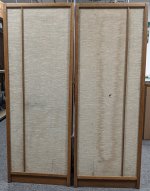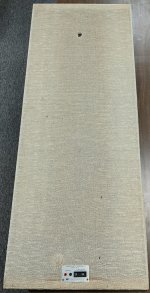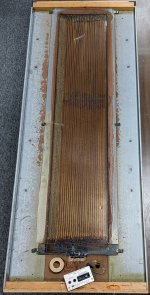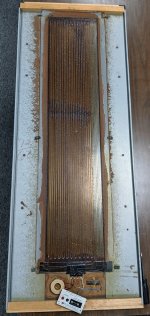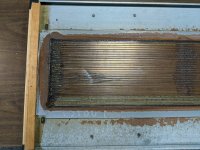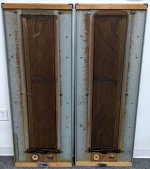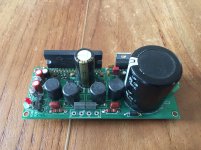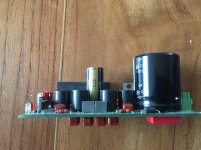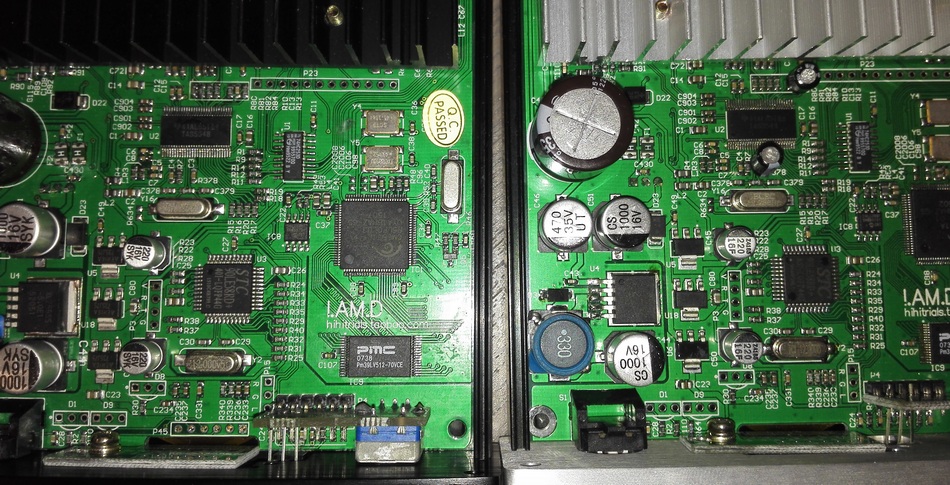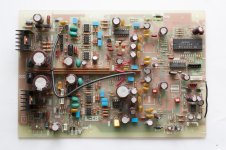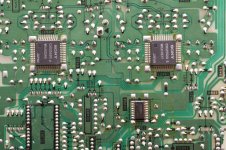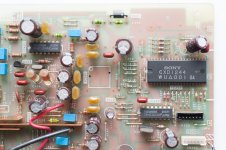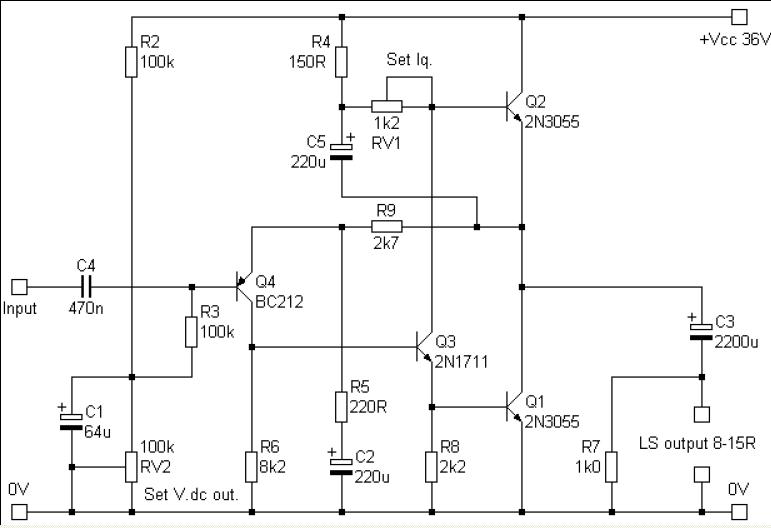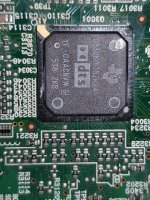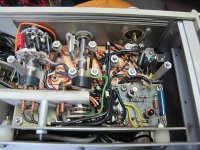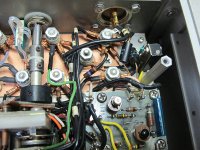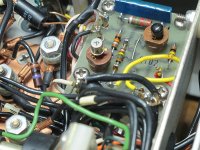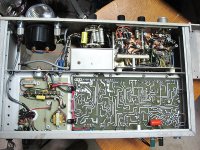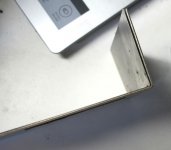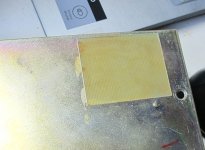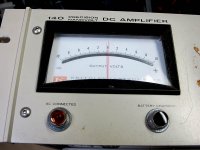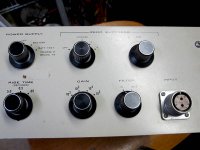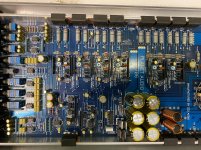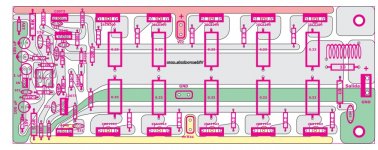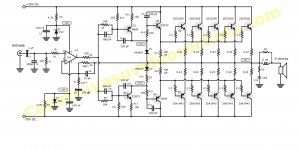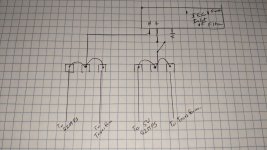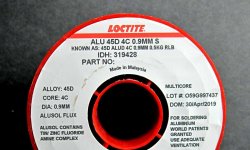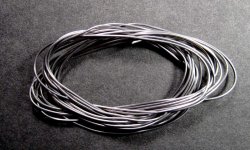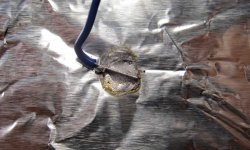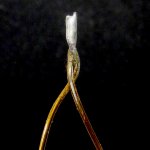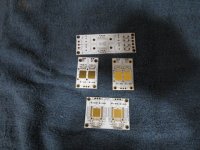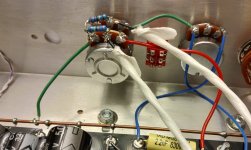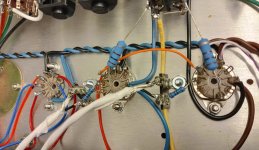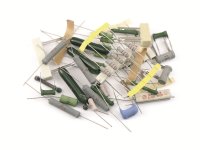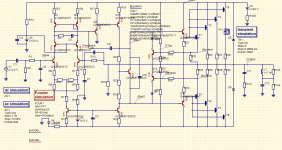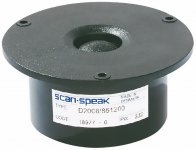Hello forum,
I'd like to tap your experience and creativity since I am in the process of meditating about my next speaker project. Be warned though, it might get a little exotic (and maybe ambitious).
Since this is a project description, I think it might be good to give you some background, so you know where I'm coming from and what I'm aiming for.
Starting point:
I'm currently listening to a pair of computer controlled 3-way speakers that I designed with a friend in 2010 to take part in a diy hobby loudspeaker developer contest. It was designed around Acourate and tried to demonstrate what was possible with digital technology. We accepted a few compromises back then.
Hifi-Music-World 2010 - Messebericht - DIY-Forum - Frank-Landmesser.de
Scroll to the bottom to see Zoé.
General concept: drivers with substantial cone area in a very small footprint. Zoé measures just 24 cm wide, 42 (top) / 52 cm deep (bottom) and 95,5 cm tall. Yet it houses
38 mm tweeter: Ciare 1.38 TW2
20 cm mid-woofer B&C 8NW51
38 cm bass Beyma 15G450N (mounted on the side, playing in something like 30+ litres net).
Linear phase crossovers and room correction are provided by AudioVero Acourate software. Initially with 200 dB/octave Neville-Thiele XOs, now with proprietary filters developed by Uli Brüggemann, Acourate's programmer. Similar steepness though.
The cabinets were build in record time by my buddy, to get finished speakers in time for the competition. For years I thought about exchanging it for a new housing with more wallthickness and a nicer finish.
However, if I spent money on a nicer cabinet, I could as well improve the concept a bit to overcome some of the limitations of the system:
The tweeter hardly reaches 15 kHz. A trade-off for its massive cone area and Mms.
Beamwidth/directivity continuity might be a bit flawed because of the big step from a 20 cm mid driver to a dome tweeter.
While Zoé plays really nice now, I can't get rid of the feeling that I might get more mid/high resolution with smaller, lighter drivers.
For years I thought about ways how to improve the concept in the current footprint and design, but finally I came to the conclusion to keep Zoé as it is and start from scratch with a completely new design for the next digital speaker.
I have sets of mid drivers that I wanted to use in a design for many years. It might be time to build something around them now:
Beyma 102Nd/N
https://www.beyma.com/speakers/Fichas_Tecnicas/102NdN.pdf
25 cm mid drivers with a BL of 25,4 Tm, driving 33 g Mms in an 11 mm deep gap with a 12 mm long VC. This results in Qes of 0,09 and a monstrous efficiency rating of 103 dB/2,83 V/1 m.
I plan to use two per side.

Symmetrical driver placement for good measure...
The challenge is finding the right partners for the upper frequencies. While I don't care much about their efficiency (as long as they are not on a completely different page than the mid monsters), I am looking for decent surface area and low moving mass.
That quickly brought me to small PA drivers or even AMTs for high-mids and a ribbon tweeter. Here are two quick drafts of how this could look like:


I'm curious to read your thoughts and ideas.
